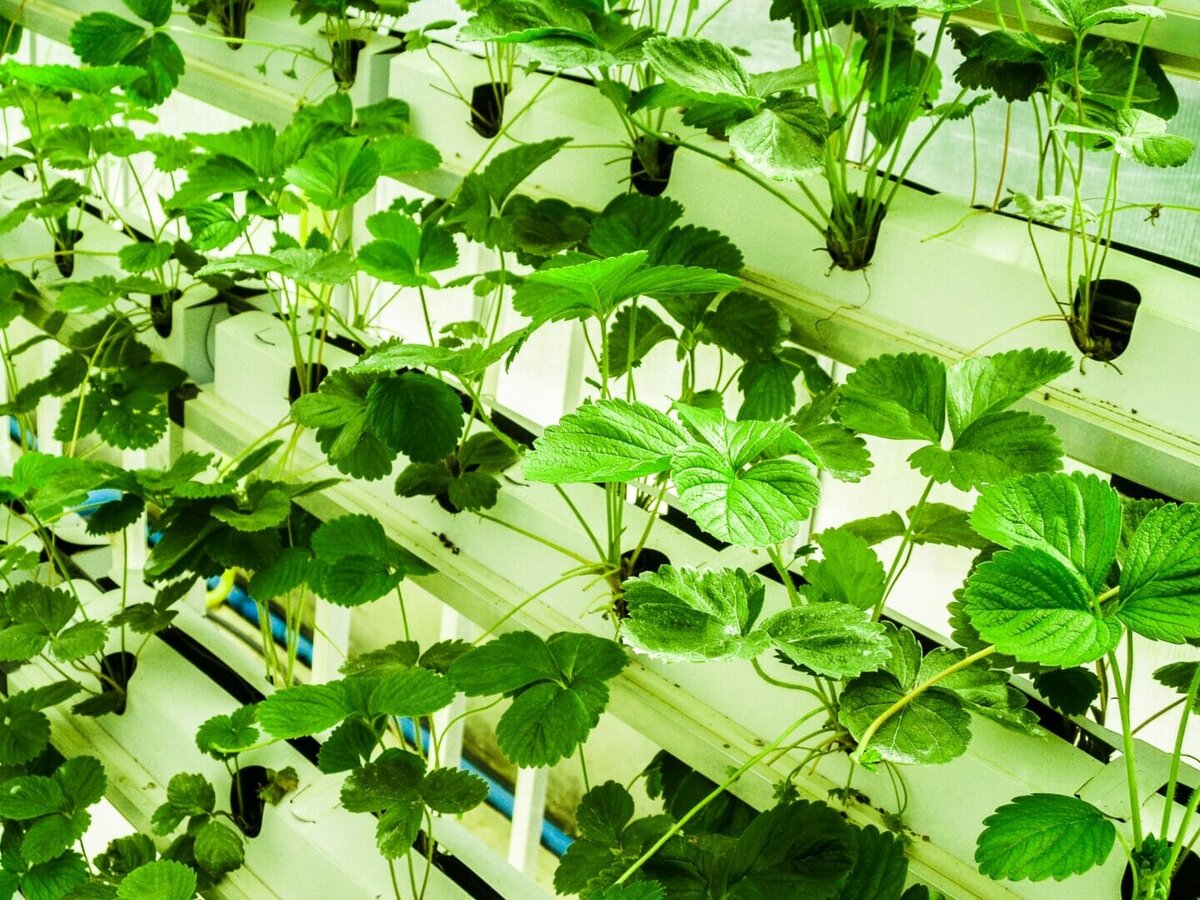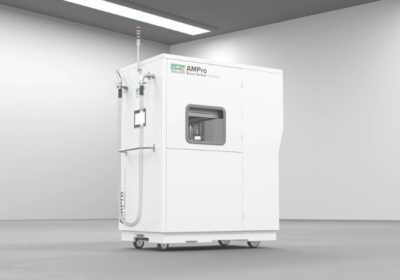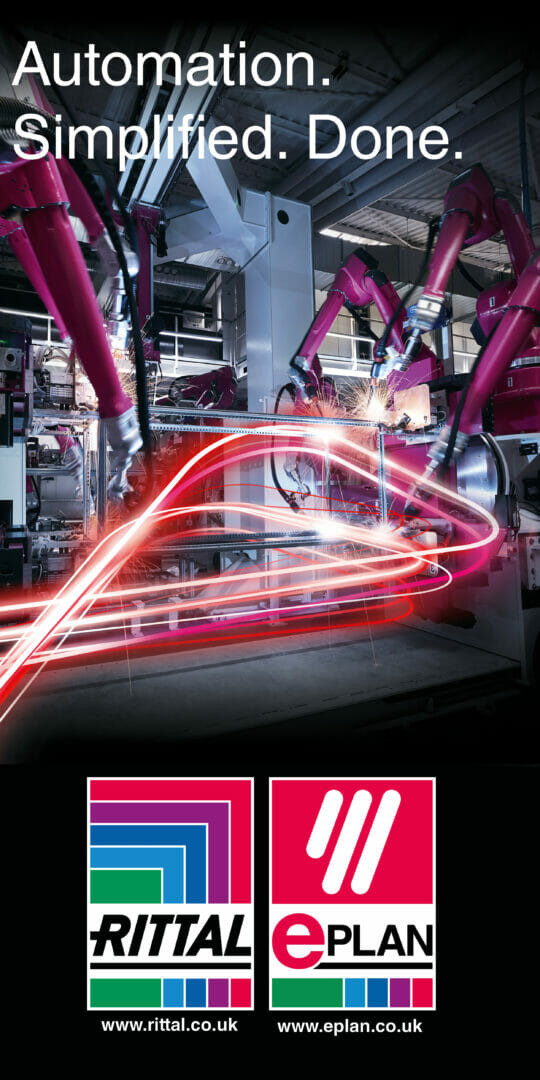It’s great to have witnessed over the course of my career the issue of climate change being taken ever more seriously by government, business and the general public.
Barring the shrinking climate denial community, almost everyone now agrees that we need to take urgent steps, if we are to avert significant rises in sea-levels and the attendant flooding, prolonged regional droughts, extreme weather events and a dramatic reduction in biodiversity.
The list of potential climate threats is long and essentially unknowable at this point but, whenever talk turns to addressing the problem, the focus tends to be on replacing fossil fuels with renewable or nuclear energy.
That’s absolutely vital, of course, given fully 76% of global greenhouse gas (GHG) emissions originate from energy produced for electricity, heating, transport and industry.
But what is less often discussed is the impact of food production and the low carbon transformation we must bring to that area, if we are to meet our obligations to ourselves, to the planet and to future generations.
A key part of any solution, I believe, has to involve engineers and producers working hand-in-hand to apply the principles of the circular economy to the business of food production.
Food’s impact
In total and combining everything from land use, crop production, livestock, fisheries and all elements of the post-farm supply chain, a meta-analysis published in Science in 2018 found that 26% of GHG emissions are rooted in food production.
Look at the UK and the picture is even less rosey, with the government’s 2019 Our Planet, Our Health report identifying that food contributes as much as 30% of our greenhouse gas emissions.
The report recommended, for example, that reducing our reliance on imports for 40% of our fruit and vegetables – and nearly 20% coming from countries at risk of climate breakdown – would benefit both the environment and the nation’s food security.
But, with an increasingly wealthy global population projected by the UN to top 9 billion in the middle of the 2030s, there can only be greater demand for high quality produce. And it is clear that we cannot afford for the environment cannot bear the cost.
It is not all bad news, however. In recent years, our business has been closely involved in an increasing number of urban, low carbon and vertical agriculture projects that can help us make collective inroads into the National Farmers’ Union 2040 net zero emissions target.
Urban farming
Urban farming shows great potential in reducing the distance food covers in reaching consumers. With the UN predicting that two-thirds of the world’s population will live in cities by 2050, it will be more important than ever to ensure people are close to their source of food and that disadvantaged urban communities have easier access to fresh produce.
But, given the paucity and cost of city real estate, many would question whether urban farming has any kind of serious commercial future. I would, however, counter that from my experience with commercial urban projects its greatest potential impact lies in what we can learn from them and apply to other forms of indoor farming.
Not only do successful initiatives reduce food miles but, with some skilled engineering, they also decrease water use and produce proportionately higher yields from smaller units of land than conventional agriculture.
And, as tightly controlled environments, you are able to collect large amounts of data on how plants react to different system inputs, climate conditions, nutrients and stimuli.
In turn, those learnings can inform better decision-making elsewhere in production, leading to lower water, energy and even pesticide use, and reduced costs as technologies improve and the economies of scale kick in. So, urban farming may not open the door but it can help us pick the lock.
Low carbon agriculture
While some of the lessons we’re already learning in urban farming are being applied today to low carbon initiatives, technology is also playing a part in some exciting projects that will radically reduce energy waste and introduce a genuine element of the circularity I’d like to see.
Now, we know that heating a commercial greenhouse enables us to grow almost all year round. That used to come at significant cost until engineers were able to harness wastewater, heat energy and CO2 from other industrial processes and use them to enhance greenhouse production.
Siting, for example, a sizeable greenhouse in close proximity to a water treatment plant has allowed a project of which we have knowledge at adi Projects to transfer heat in a closed loop system to its own heat pumps and cut down its reliance on fossil fuels.
The same system powers those pumps using Combined Heat and Power units that also produce waste heat, along with CO2, both of which go back into the greenhouse to help boost plant growth.
Such a system, recycling and repurposing local resources, is precisely the kind of development we need, if we are to begin making UK food production a more circular affair.
Vertical farming
Our in-house knowledge of vertical farming is building every month. Producing food at multiple vertical levels in precision-controlled environments enables you to take fungal and bacterial threats out of the equation and increase both yields and quality.
It also allows you to recycle process water, reducing the stress you put on local resources and removing the need for it to be chemically treated. But the biggest environmental win, again, is in energy reduction.
Hook your vertical farm up to solar energy and a local anaerobic wastewater plant and, as described above, you effectively exchange local waste and energy for local food.
And, given that commercial vertical farming works well almost anywhere outside of towns and cities, you can grow and supply that food to local people. You can create bona fide circular food economies in communities the length and breadth of the country. And, with every harvest, you can adapt processes and conditions proactively on the back of the data you have gathered to further streamline your operation.
Growing knowledge
The simple reality is that Britain alone cannot right all of the world’s wrongs, least of all climate change. But it is equally clear that every nation and, indeed, every individual has a role to pay in a collective climate endeavour that will serve the common good.
And, as one of the country’s biggest contributors to greenhouse emissions, that means UK food production must institute radical change. Nobody says it’ll be easy and it’s not like we can flick a switch.
The truth is the ideas set out in this piece can only bring about the impact we need as part of a broader suite of measures and initiatives that include a reduction in livestock farming and the methane emissions that come with it, and they go far beyond food production.
But we’re at the start of something that promises not only environmental but commercial benefits too. A series of widespread, highly technical innovations and upgrades that can transform our efficiency, our productivity and, importantly, the future of our climate.
Nevertheless, such a transformation will necessarily be difficult. Moving towards a circular UK food economy won’t happen overnight. But the sooner we allocate the right level of resources, the greater our chances of making the urgent progress we all know is required.
This is no time to tinker around the edges. This is the time to commit and to engage process and plant design engineering partners who have built and continue to grow their knowledge of decarbonising UK food production. If something is worth doing, it is worth doing properly.







